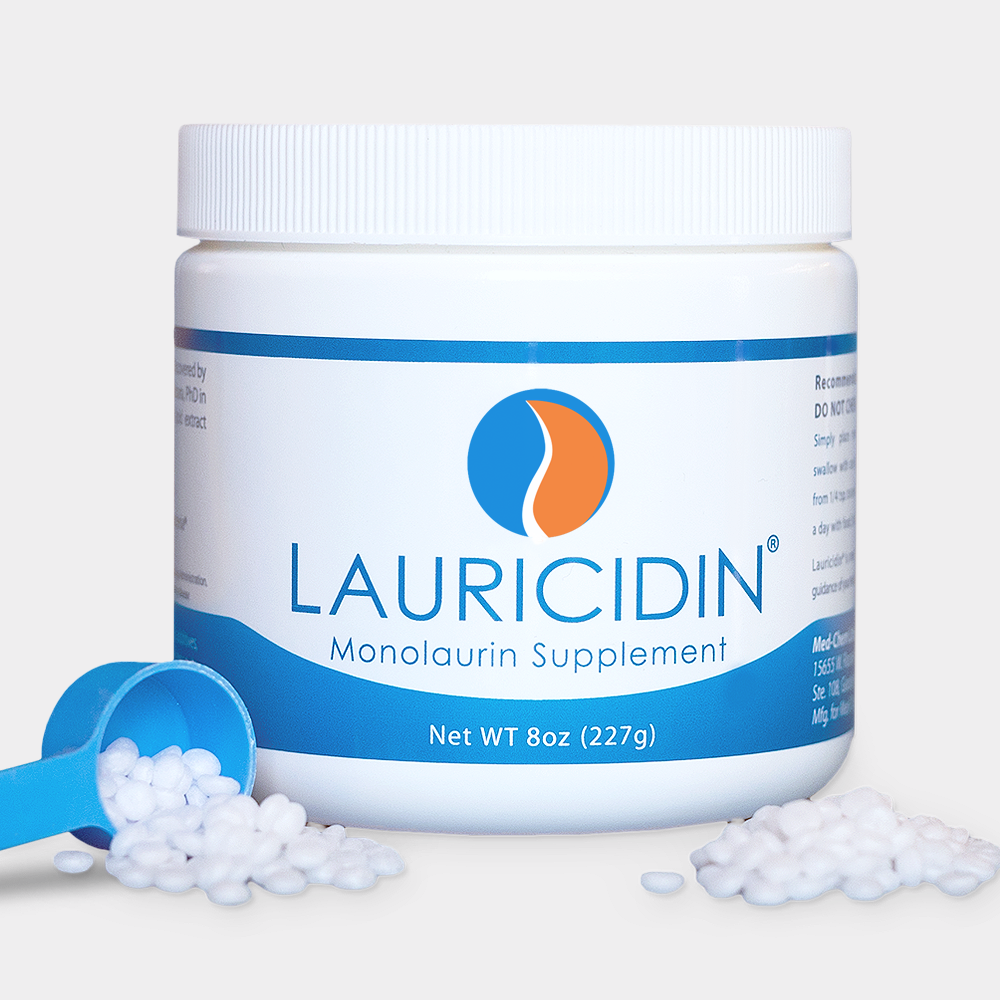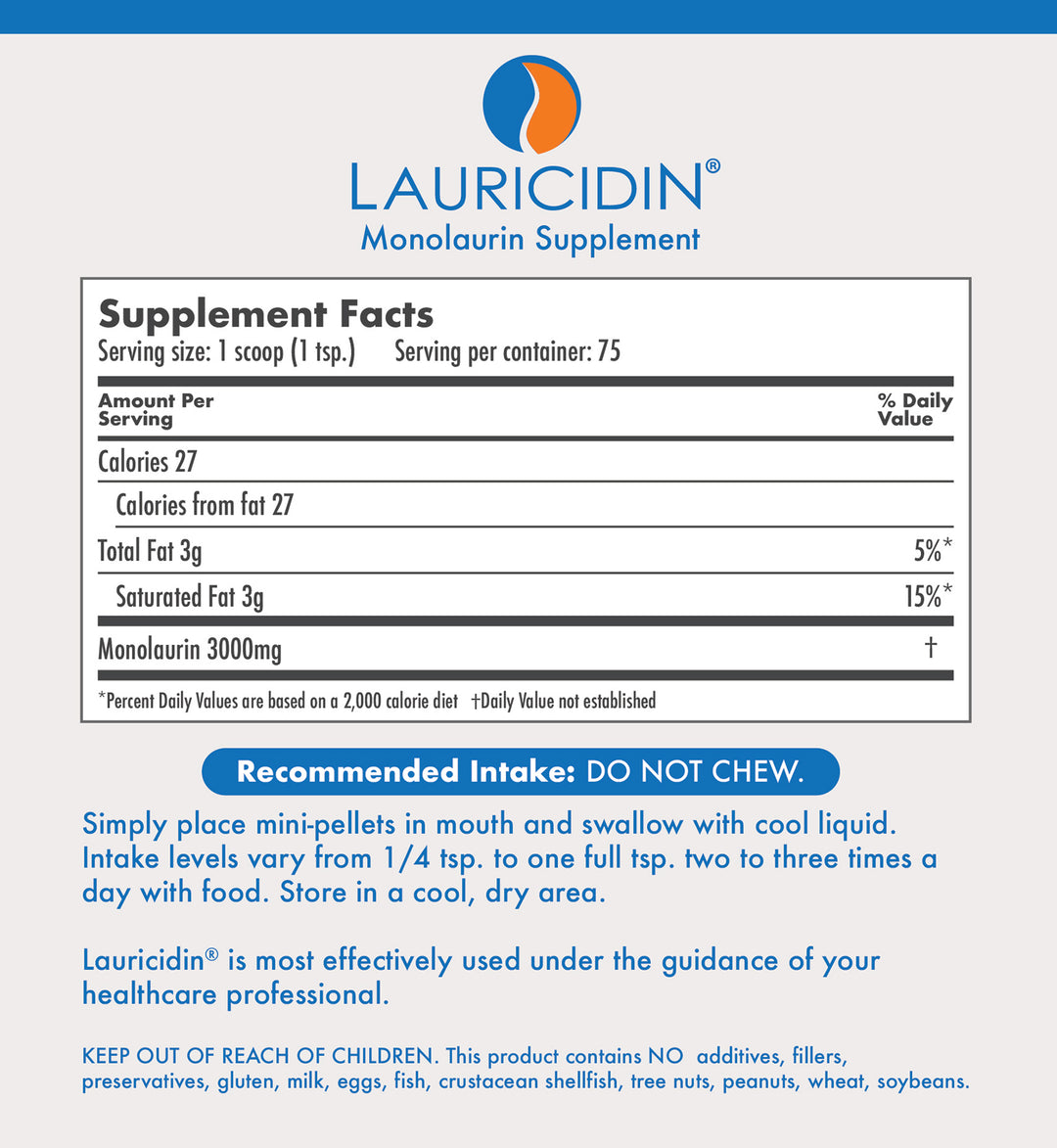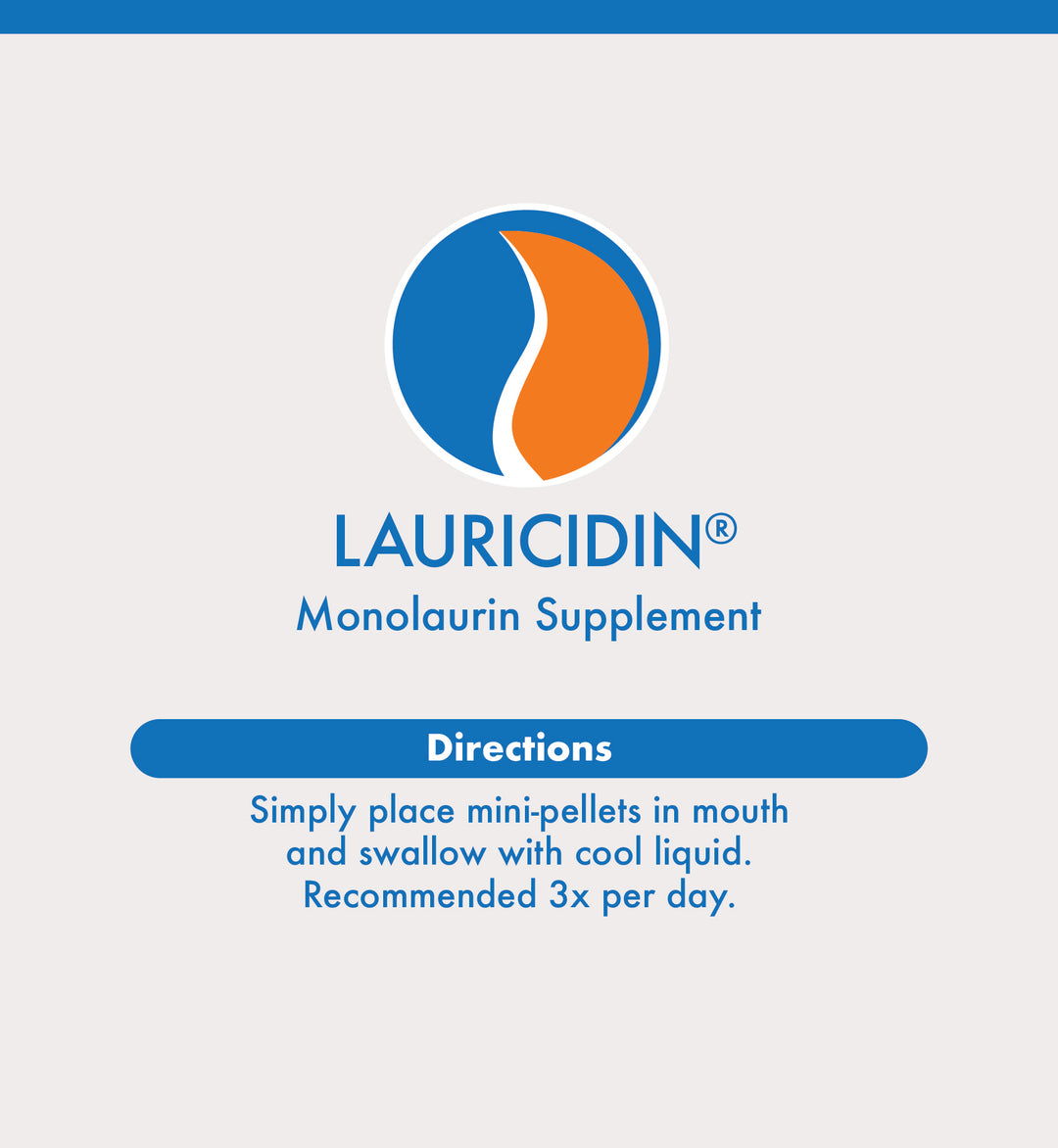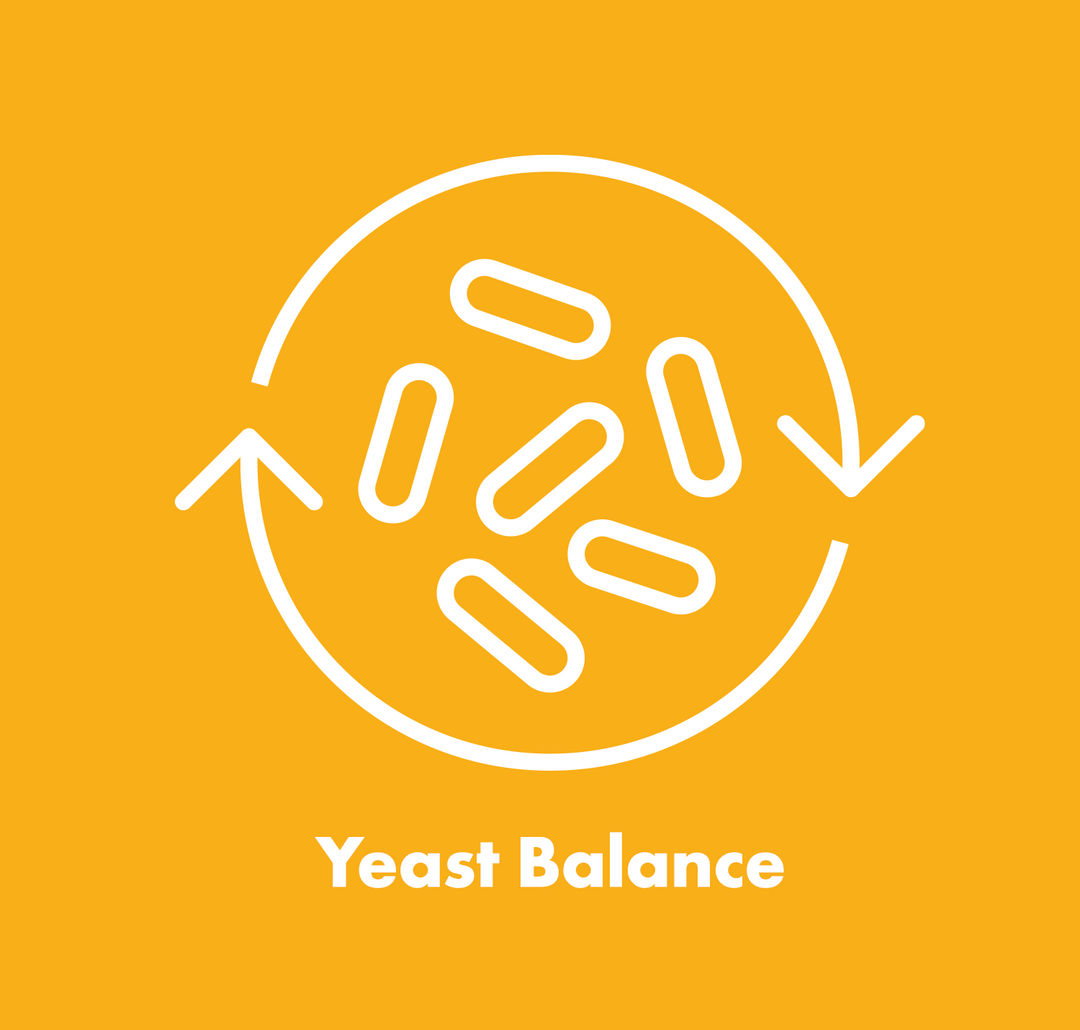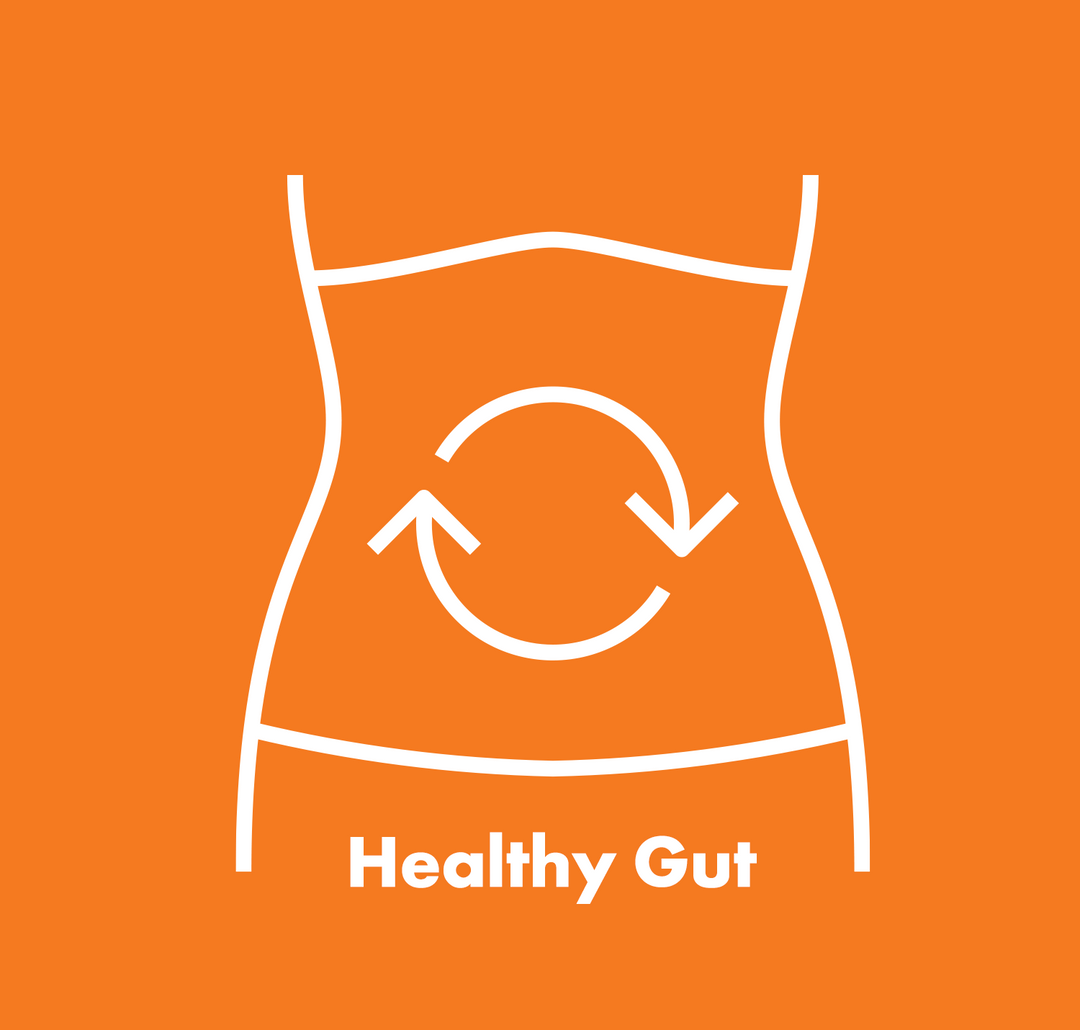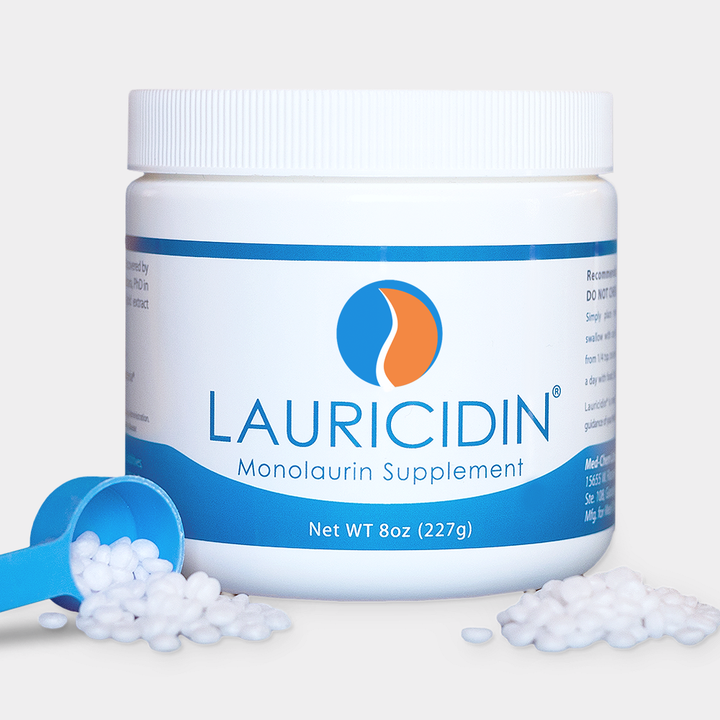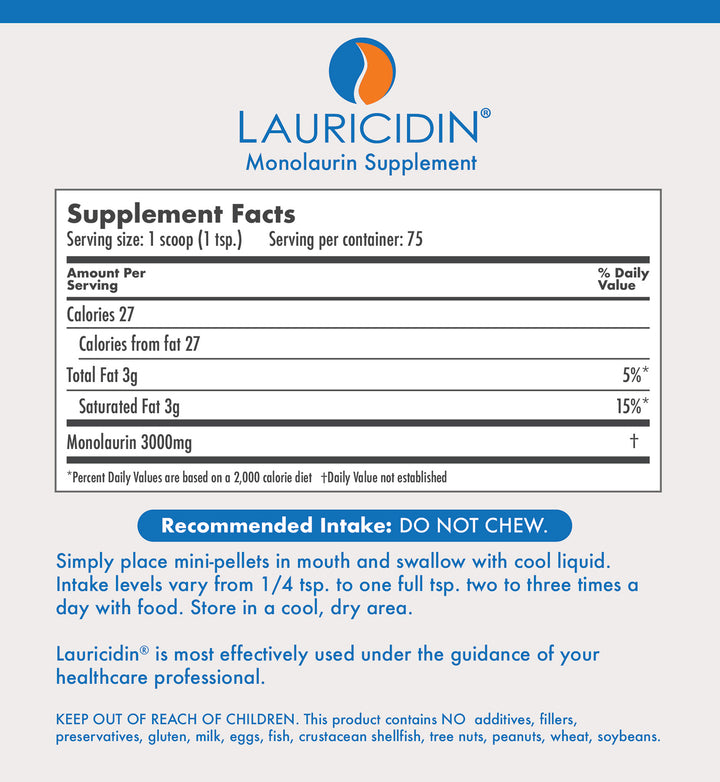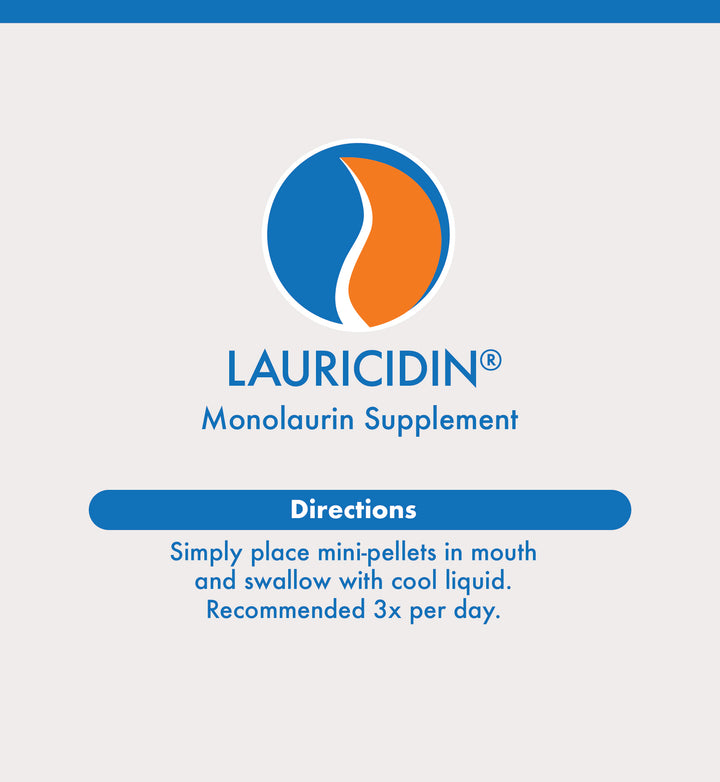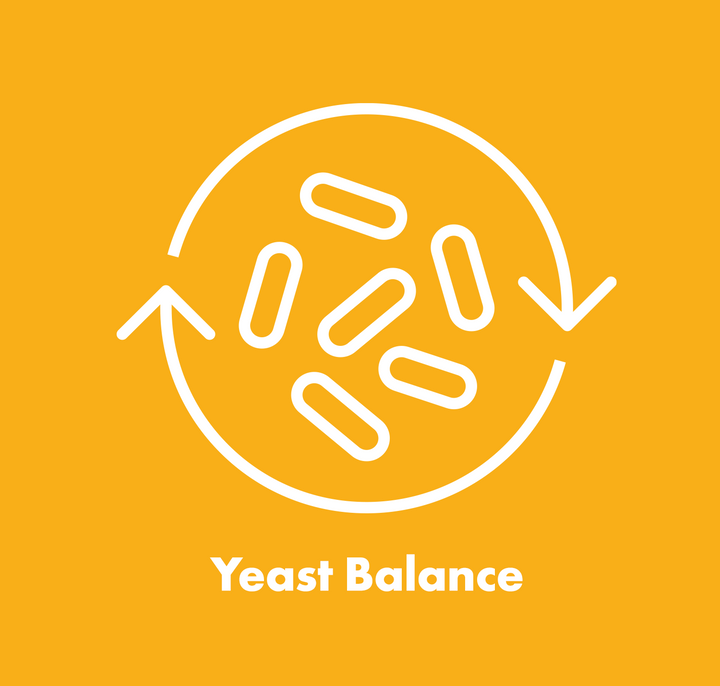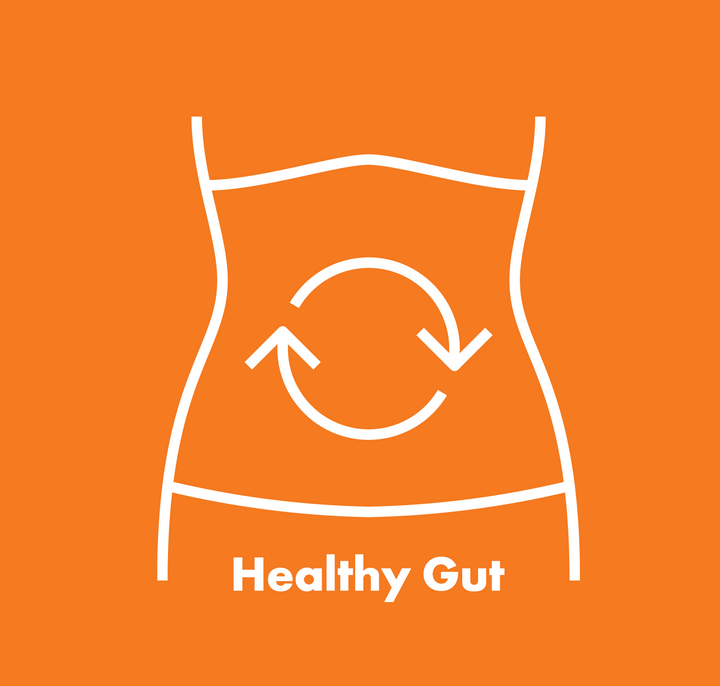Learn how rebalancing your internal microflora can help you feel better from the inside out.
Not all yeast is bad—here’s why balance, not elimination, is key.
Find simple lifestyle tips that support lasting gut wellness.
Maintaining a healthy internal balance is central to overall wellbeing. One key factor in feeling your best is keeping yeast and other microorganisms in harmony, particularly in the gut. When everything is balanced, you’re more likely to enjoy smooth digestion, steady energy levels, and a generally positive sense of wellness. But hectic lifestyles, shifts in diet, stress, and external factors can easily disrupt this delicate harmony.
This article explores how to nurture a healthy yeast balance and support your body’s natural microflora. We’ll cover dietary tips, lifestyle strategies, and daily habits that can help you feel your best from the inside out.
Table of Content
Understanding Yeast & Microflora Balance
The human body hosts trillions of microbes, many of which live in the gastrointestinal tract. These microorganisms aid digestion, help extract nutrients from food, and even contribute to immune function. Yeast, a type of fungus, is also part of this community. Normally, it exists in harmony with beneficial bacteria, each playing a role in creating a stable internal environment.
Why Balance Matters:
Comfortable Digestion:
Balanced gut flora may help you avoid issues such as bloating or sluggish elimination.
Immune Support:
A healthy gut environment supports various immune processes, assisting in overall wellness.
Energy Levels:
By aiding nutrient absorption, balanced microflora can potentially contribute to sustained energy throughout the day.
General Wellbeing:
Many people report feeling better overall when their gut ecosystem is running smoothly.
Lifestyle Tips for Healthy Yeast Levels
1. Focus on a Balanced Diet
Incorporate whole grains , fresh fruits , and vegetables that provide fiber and micronutrients.
Choose quality proteins (e.g., lean meats, fish, legumes) for amino acids and other essential nutrients.
- Keep simple sugars and highly processed snacks in moderation, as excess sugar can disrupt a balanced internal environment.

2. Beneficial Bacteria
Add fermented foods like yogurt, kefir, or sauerkraut to your meals to introduce diverse strains of friendly bacteria.
Consider discussing with a professional about probiotic supplements for an extra daily boost.
- Stay hydrated —water is essential for all bodily processes, including maintaining digestive equilibrium.

3. Manage Stress
Chronic stress may impact your microbiome and overall gut function.
Practice mindful habits such as meditation, gentle yoga, or journaling to support mental and digestive balance.
- Get adequate sleep (7–8 hours for most adults) to allow your body to reset and restore itself.

4. Stay Physically Active
Regular exercise supports circulation, digestion, and overall energy.
Even light activities (e.g., walking, stretching) can help move food through the digestive tract.

5. Avoid Extreme Cleanses
- Some cleanses or crash diets may temporarily alter gut flora.
- Aim for gentle, sustainable changes instead of drastic interventions.

Product Spotlight
Daily Habits to Encourage Internal Harmony
Mindful Meal Times : Take time to chew thoroughly and enjoy meals without rushing, which aids digestion.
Moderate Caffeine & Alcohol : Too much can potentially interfere with a balanced gut environment.
Routine Check-Ins : Periodically assess how you feel after meals—are you energized or sluggish?
Track Changes : Keep a simple wellness journal noting your diet, activity, and how you feel. Over time, patterns may emerge.
Common Misconceptions
“All Yeast Is Bad.”
Not true—some yeast forms are part of a healthy microbiome. Balance, rather than complete elimination, is the goal.“Probiotic Foods & Supplements Fix Everything Overnight.”
While they can help, improvements often take consistent effort across multiple lifestyle factors.“One-Size-Fits-All Diet.”
Each person’s microbiome is unique. Experiment with different whole foods to see what works best for your body.
When to Seek Professional Guidance
Although many factors are manageable through lifestyle and dietary adjustments, it’s wise to consult a qualified healthcare professional if you experience persistent digestive discomfort, significant fatigue, or other concerning symptoms. They can help determine a tailored approach that addresses your individual needs while maintaining compliance with health guidelines.
Conclusion
A healthy yeast and microflora balance is pivotal to feeling your best, both mentally and physically. By focusing on a balanced diet, incorporating probiotic-rich foods, managing stress, and staying active, you can support this harmony in your daily life. Small, consistent changes often produce the most significant long-term benefits.
Remember, everyone’s body is different—find the practices that resonate with your unique lifestyle and stay attentive to how you feel. Over time, you’ll likely discover the perfect blend of choices that fosters a stable internal environment and a greater sense of overall wellbeing.
"A healthy yeast and microflora balance is pivotal to feeling your best"
Frequently Asked Questions
What is microflora balance and why is it important?
Microflora balance refers to the harmony between beneficial bacteria and yeast in your gut. When balanced, it supports digestion, energy, immunity, and overall wellness.
Can diet really affect yeast and bacteria in the gut?
Yes. A balanced diet rich in fiber, lean proteins, and fermented foods helps nourish beneficial bacteria, while excess sugar and processed foods can fuel harmful yeast overgrowth.
What are the best foods to support healthy microflora?
Foods like leafy greens, yogurt, kefir, garlic, avocado, and berries support gut health. Limiting refined carbs, sugar, and mold-prone foods also helps maintain balance.
How does stress impact yeast and microflora balance?
Chronic stress can disrupt your gut environment, affecting both digestion and immune response. Mindful habits like meditation, sleep, and light movement can help restore balance.
How does Monolaurin support healthy yeast and microflora balance?
Monolaurin, derived from lauric acid in coconut, helps break down yeast biofilms and disrupts harmful microorganisms without harming beneficial gut bacteria—making it a powerful ally in maintaining internal balance.







